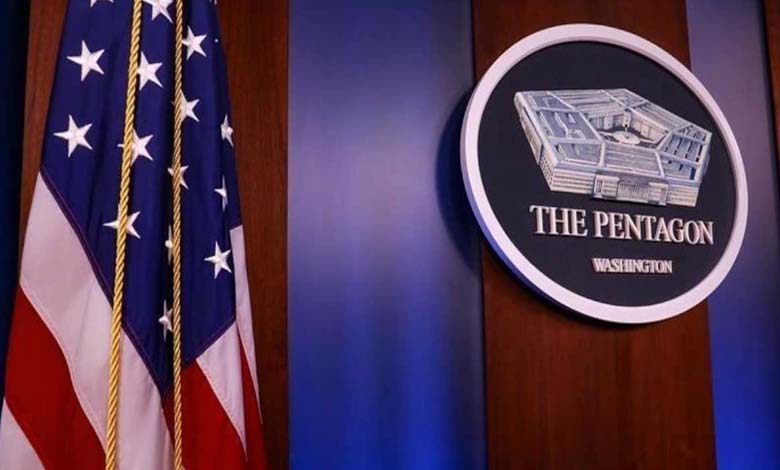Silicon Valley Shapes the Pentagon’s Strategy for Future Wars

With the rapid transformation of battlefields, armies must adapt quickly by leveraging the synergy between technology and military forces.
In this context, a U.S. Department of Defense (Pentagon) official stated that modern battlefields are evolving swiftly, and the key to ensuring that weapons and capabilities keep up with emerging threats and challenges lies in placing technology companies on the front lines alongside the troops.
-
Leaks or Settling Scores? Behind the Pentagon Dismissals
-
Spending Cutback Absorbs $5.1 Billion from the Pentagon
He described this as a “Silicon Valley” model.
U.S. military officials and Washington policymakers have long discussed the urgent need to redefine the nature of future warfare. They often cite the war in Ukraine as a reference, where a defensively weaker nation managed to build a weapons arsenal on a limited combat budget and maintained its position in the technological arms race against a far larger Russia.
Lessons from the Ukraine war revealed how quickly certain weapons — such as various types of drones — enter the battlefield, only to be countered just as swiftly by electronic warfare tactics like signal jamming and other countermeasures, according to the U.S. website Business Insider.
The report notes that when soldiers encounter problems, they can relay their concerns and field experiences to industry partners, who must respond rapidly with new solutions — often within weeks.
-
The Pentagon is “powerless” against mysterious drones… Unchecked intrusions over a U.S. base
-
Pentagon denounces the Houthi attacks and continues to support Saudi Arabia
A New Proposal
During a Hudson Institute event on building adaptable weapons, Trent Emeneker, Director of the Defense Innovation Unit program, stated that unmanned systems have drastically transformed warfare since the introduction of machine guns in World War I. He pointed out that the war in Ukraine highlights a constant and ongoing adaptation of both technology and tactics.
Emeneker proposed an unconventional approach to government contracting with defense firms — one that relies more on trust in the defense sector and emphasizes continuous system adaptation.
-
Iranian Interests Behind the Coordination Framework’s Persistence in Expelling U.S. Forces from Iraq
-
You Will Pay the Price: Strong U.S. Warning to Iran Over Houthi Support
He explained:
“What we see working is the model where companies and their engineering teams are directly embedded with the warfighter on the front lines, in operations, and in combat. They collect feedback and quickly return it to a larger engineering team, which then delivers a solution to the fighter.”
He acknowledged that this solution “may not be perfect, but it will be better — and if not, it’s retried until the goal is reached.”
-
Henry Kissinger and Latin America: 5 Sins That Changed the Course of History
-
The Future of Dominance: How Military Realignment Enhances America’s Power
He added: “The Silicon Valley model works in software development.”
This model marks a shift in traditional thinking and in how defense contractors collaborate with the U.S. military. It contrasts with previous practices where it took years to test complex weapon systems before handing them over to the troops.
Many younger, more agile defense companies have already embraced these principles, especially in the fields of unmanned systems and artificial intelligence. Both U.S. military leaders and defense industry executives recognize that future wars — especially against adversaries like China — will require inexpensive, easily manufactured weapons, according to the same source.
-
Security Classification and Travel Restrictions: The U.S. Rewrites Its Global Relations
-
8 Facts Explaining the History of the “State of the Union” Address in the United States











